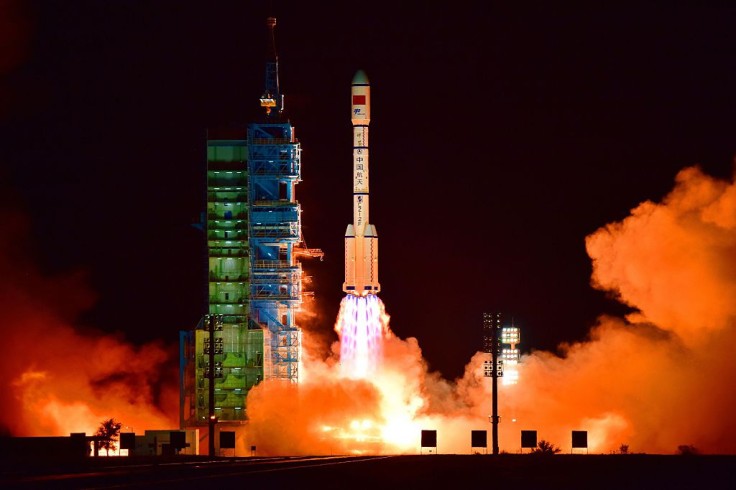
The International Space Station (ISS) has found a formidable rival in the space race: China's space station, Tiangong.
China's Tiangong Space Station in China is now expanding and poised to compete with the ISS.
On Sunday, the Chinese spacecraft Shenzhou-14 was moved to a launchpad at the Jiuquan Satellite Launch Center in northwest China.
The spacecraft was mounted atop a Long March-2F carrier rocket. At the beginning of June, the crewed spacecraft Shenzhou-14 will launch astronauts to Tiangong for space missions that will last six months.
Chinese Space Station
China's government under President Xi Jinping has high hopes for developing its space station. The expansion of the Tiangong will keep China busy for the upcoming year. As reported by Zero Hedge, in 2022, there will be a total of six trips into space that are carried out.
The station received a shipment of supplies from a cargo spacecraft in May. Following that will be the Shenzhou-14, a spacecraft with a human crew aboard. Then, in June, there will be the launch of the Wentian lab module.
The launch of another lab module in October is also already planned, in addition to the launch of the Tianhe core module in July. And in the latter part of 2022, another three astronauts will be taken up aboard the Shenzhou-15 human-crewed spacecraft in order to remain in orbit for a period of six months.
China Sends Astronauts to the Tiangong Space Station
This June, China plans to launch three astronauts into space to live on the Tiangong space station. Their spacecraft, the Shenzhou-14, is still in the process of being built in China.
According to Newsweek, Zhang Fusheng, chief designer for the manned spacecraft system, the Chinese astronauts "will conduct a large-scale system interface test on the rocket system, and then proceed to a whole system drill, which marks the entry of the combo into the prelaunch status."
The three astronauts will stay onboard the station for a total of six months and will be responsible for monitoring the installation of two additional modules later in the year. These modules will be lab sections known as the Wentian and Mengtian labs.
The three modules will come together to make a T-shape once the station is finished being built, but for the time being, the station is just the core.
Even though the rocket had already been put through a test in which it was loaded with fuel, a number of preparations still needed to be made before the launch takes place the month after that.
The Tiangong station was launched into orbit in April of the previous year and was manned a couple of months later.
Space Race To Replace ISS
The space race between these powerful countries has been beginning to show lately. For decades, the United States has been completely dominant in space, but there are signs that this gap is starting to close.
It appears that the competition for space dominance is transitioning into a multi-polar playing field, with the United States of America and its European allies competing against Russia and China.
Since Russia is leaving the ISS, Beijing invited international and commercial partners to the new station in April.
Before the conflict in Ukraine broke out, the Chinese National Space Administration and the Russian space agency Roscosmos came to an agreement to collaborate on the construction of an international lunar research station by signing a memorandum of understanding.
Since the ISS is scheduled to retire in 2030, the Tiangong space station in China will be the only other space station in operation unless the U.S. builds a new one.









